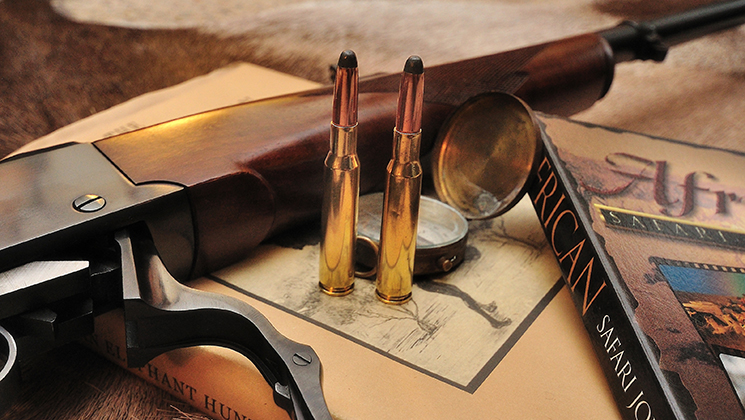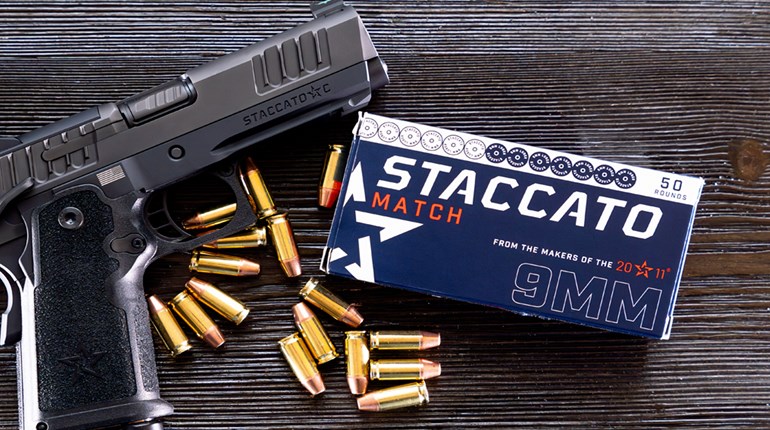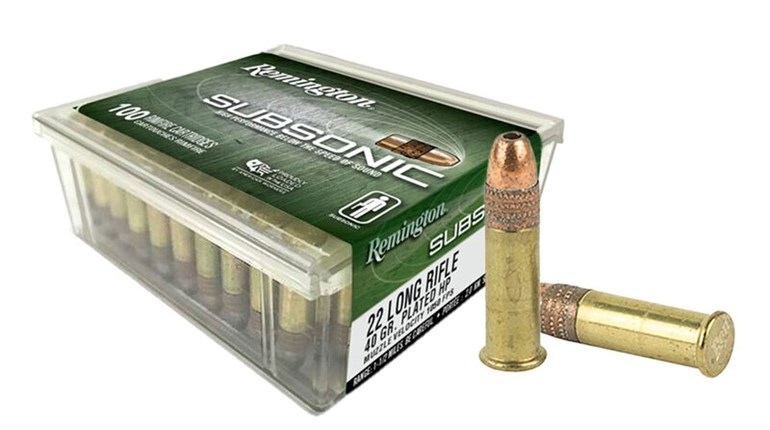
When you’re shopping for a rifle, the list of possible cartridges can be outright confusing. Short Magnums, Long Magnums, Ultra Magnums, stubby cases with long bullets, long cases even longer bullets; the list goes on and on. Some cartridges take root in the hunting world quickly, others fade just as fast. Some cartridges that were once the darling of the hunting world have faded into obscurity. While I realize and appreciate the efficiency of some of the newer offerings, I’ve always had a strong connection with the past when it comes to hunting cartridges. Here are a handful of cartridges that have fallen out of favor with the general hunting public, but are, in my opinion, still worthy of time in the fields and woods.
.300 Holland and Holland Magnum
The competition among the .30 caliber cartridges has always been heated, and why wouldn’t it be? I mean, how do you stand out among the kings of hunting like the .30-30 WCF and the .30-’06 Springfield, not to mention the .308 Win. and .300 Win. Mag.? Holland’s Super .30, as the cartridge is also known, is a classic in itself. Yes, I know the drawbacks: longer action, belted case that can cut down case life, but if you’ve spent any amount of time behind the trigger of the .300 H&H, I’d wager that you enjoyed the experience. The long, sloping shoulder makes the case feed like a dream, and the Super .30s I’ve have been very accurate. Pushing .30 caliber bullets about 150 fps faster than the aught-six, without a huge increase in recoil, the .300 Holland deserves to see the light of day in more rifles.
.358 Winchester
If you hunt the woods, where shots seldom approach 200 yards, a slower cartridge is no handicap to you. If you hunt the woods where larger creatures live, such as elk, moose or bears, a larger caliber than normal may be warranted. Col. Townsend Whelen saw the wisdom of this thinking when he necked up the ’06 case to hold .358” bullets, creating the .35 Whelen. Winchester, who saw the genius behind the .308 case, didn’t waste time necking it up to .358”, giving us the .358 Winchester. Is it a long-range sniper cartridge? No. Is it a speed-demon? Certainly not. But, it is a great woods gun, giving plenty of frontal diameter and more than enough horsepower for hunting the species I mentioned above. House it in a petite bolt gun with a 22” barrel, or an easy-to-carry lever gun, and you’ve got a companion for many autumns to come.
.250/3000 Savage
At one point in time, pushing a bullet to a velocity of 3,000 fps was unheard of. Today, we take that for granted. The .250/3000 Savage launched an 87-grain, .257” diameter bullet at that velocity, and was a deer-hunter’s best friend for a time. Now an 87-grain pill is certainly no heavyweight, but when properly placed on deer and antelope, it was a very effective tool. It shot, and still shoots, plenty flat enough for distant targets out to sane distances, and the short case can be housed in a nice lightweight rifle without any recoil problems. I know the .25-’06 Remington still has a huge following, but I think there’s plenty of room in the deer woods for the .250/3000.
6.5x55 Swedish Mauser
This cartridge falls into that category of “kills much better than its paper ballistics indicate,” as do many of the 6.5mm cases. The Swede has proven itself on moose and bears in Scandinavia for over a century, and was worthy of being chambered in the prestigious Winchester Model 70. The popularity of the 6.5-284 Norma (which I simply adore) hasn’t done the Swede any favors of late, but the old cartridge shouldn’t be overlooked. It’ll push the heavy-for-caliber 156 and 160-grain bullets over 2,500 fps, and with a 120 or 130-grain boat tail, it makes a good long-range hunting round. Recoil is totally manageable, and it’s a very accurate cartridge. If you’ve got a classic rifle on your wish list, don’t discount an old Winchester 70 Featherweight in 6.5x55.

7x57 Mauser
We all owe a debt of gratitude to the 7x57, as it was among the earliest cartridges that gave modern sporting ballistics, and was the basis for many cartridges to follow. Many legendary hunters, including Walter Dalrymple Maitland Bell and Jim Corbett, made their reputations carrying the 7x57, or .275 Rigby as it was known in Great Britain. The 7x57 made its reputation with the 173 and 175-grain bullets at 2,300 to 2,400 fps, depending on manufacturer, and that combination still makes a great choice for larger game. For deer and deer-sized game, the 139-grain bullets will reach 2,700 fps, with a decent trajectory that most of us would feel comfortable shooting as far as is ethical. In this modern era of huge cases and off-the-chart velocities, I wouldn’t hesitate to use a 7x57 Mauser for most of my hunting. Simply put, it works.




































